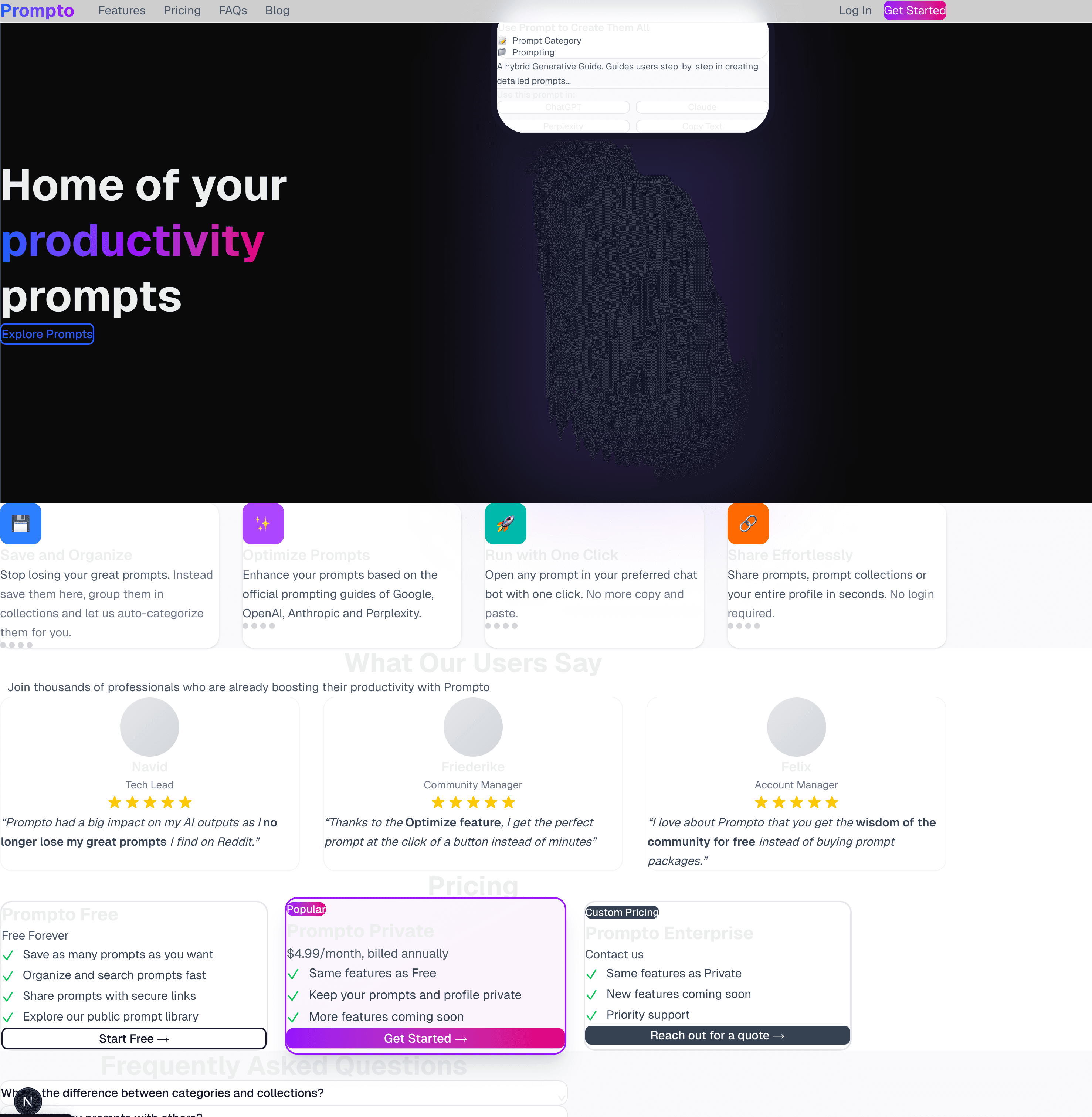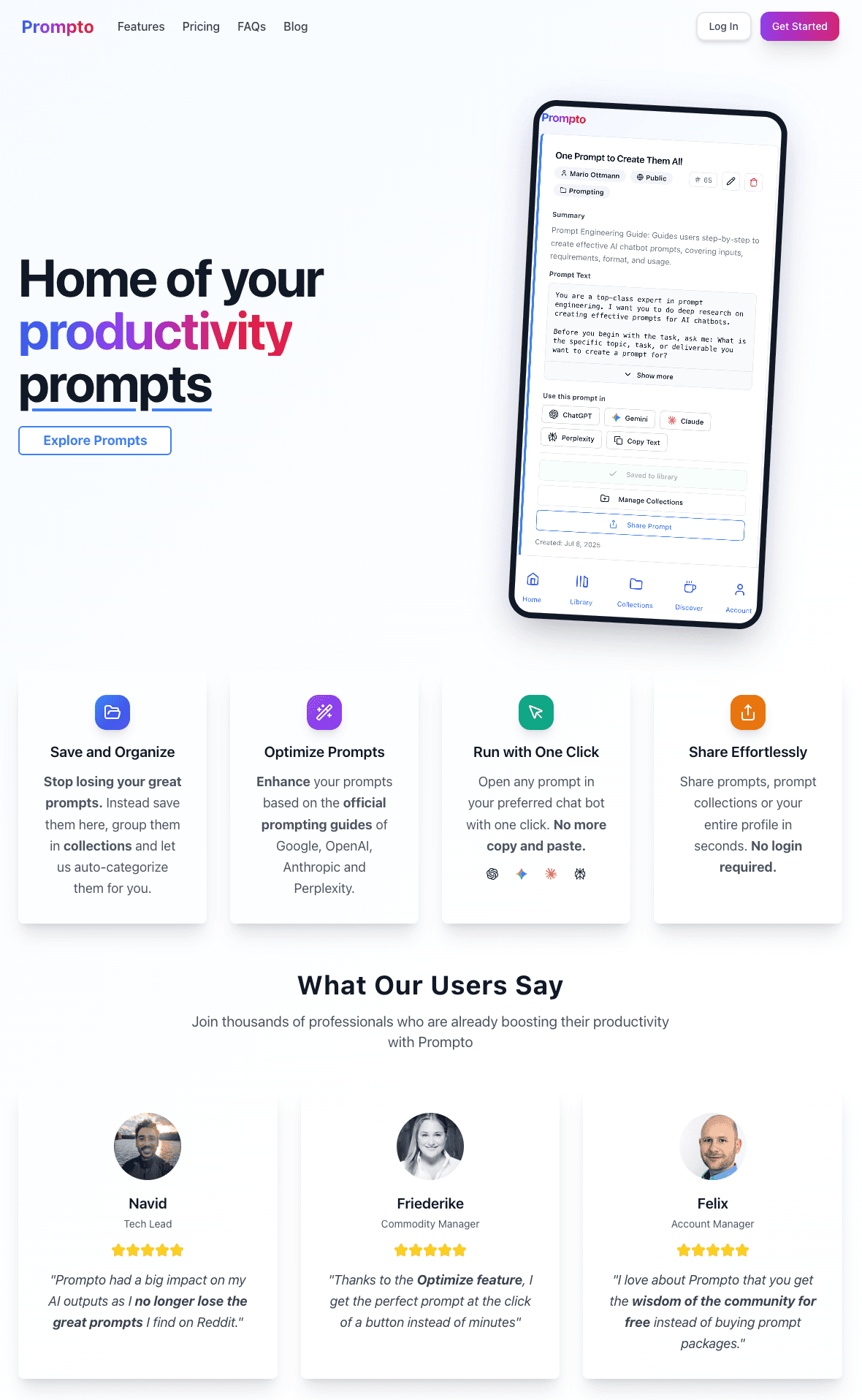How to Make Claude Code Create Beautiful Websites
tl;dr
Two configuration files (Claude.md and design_brief.md) transform Claude Code from producing plain websites to creating beautiful, professional designs. These files specify design packages, version requirements, and styling principles that guide Claude Code to generate Lovable-quality output.
What files make Claude Code produce beautiful websites?
Claude Code produces beautiful websites when you provide two configuration files: Claude.md and design_brief.md. The Claude.md file defines which design packages to use, specifies critical version requirements for Tailwind CSS, and clarifies when to use global CSS versus component styling. The design_brief.md file establishes styling principles including mobile-first design, color themes, typography standards, and responsive breakpoints. Together, these files guide Claude Code to generate professional, visually appealing websites comparable to Lovable.dev output.
Why Claude Code creates plain designs by default
Claude Code consistently produces plain or mediocre website designs regardless of prompt quality. This frustrating limitation affects developers across the industry who expect AI coding assistants to match the visual quality of platforms like Lovable.dev.
The core problem stems from three technical issues:
Version confusion between Tailwind 3 and Tailwind 4: Most coding assistants were trained during the Tailwind 4 transition period. Claude Code frequently mixes approaches from both versions, which breaks the styling immediately. This creates non-functional pages before any design refinement can occur.
Missing design system specifications: Without explicit guidance, Claude Code defaults to minimal styling rather than implementing comprehensive design systems with proper color palettes, typography hierarchies, and spacing conventions.
Unclear CSS architecture: Claude Code cannot determine whether to place styles in global CSS files or apply them directly to components through Tailwind classes. This ambiguity results in inconsistent styling patterns that look unprofessional.
Many developers face this challenge, as evidenced by LinkedIn discussions where professionals share identical frustrations about Claude Code's design output quality.
Lovable.dev creates visually similar websites across projects, which some developers criticize. However, those websites maintain consistently high visual quality compared to default Claude Code output.
How to configure Claude.md for beautiful output
The Claude.md configuration file contains four critical sections that transform Claude Code's design quality: version requirements, configuration file validation, global CSS guidelines, and design implementation standards.
What version requirements prevent broken styling?
Specify exact Tailwind CSS version 3 in your Claude.md file. Claude Code must use Tailwind 3 syntax exclusively because mixing Tailwind 3 and Tailwind 4 approaches breaks styling immediately. Include this explicit instruction: "Use Tailwind CSS version 3 syntax only. Do not mix Tailwind 3 and Tailwind 4 approaches."
The version mixup problem creates broken pages like this example:

Which configuration files must exist?
Verify that three configuration files exist with proper parameters: tailwind.config.ts for Tailwind settings, postcss.config.mjs for CSS processing, and globals.css for site-wide styles. Claude Code must validate these files exist before generating components. Missing configuration files cause compilation errors that prevent the website from rendering.
When should styles go in global CSS versus components?
Global CSS should contain: typography definitions, site-wide page styles, and design tokens like color variables. Component styling should use: Tailwind utility classes directly. This separation keeps typography consistent across the website while allowing flexible component styling.
Typography belongs in global CSS because font families, sizes, weights, and line heights should remain consistent across all pages. Global page styles including body defaults, container widths, and section spacing also belong in global CSS.
Individual components should receive styling through Tailwind utility classes applied directly to HTML elements. This approach makes components portable and keeps styling decisions visible in component files.
How do design implementation guidelines ensure consistency?
Design implementation guidelines establish hierarchy rules and consistency standards. Specify that headings must follow size hierarchies (h1 largest, h2 second largest, h3 third largest). Define that primary buttons use specific colors while secondary buttons use alternative colors. Require consistent spacing patterns using Tailwind's spacing scale (4, 8, 16, 24, 32 pixels).
These guidelines prevent Claude Code from creating pages where heading sizes appear random or buttons use inconsistent styling. Design hierarchy creates visual clarity that guides users through content effectively.
What belongs in design_brief.md?
The design_brief.md file specifies detailed styling principles, landing page section structures, reusable CSS classes, and responsive breakpoints. This file provides the design system that Claude Code applies to every component.
Which general styling principles improve design quality?
Implement mobile-first design by writing styles for mobile screens first, then adding tablet and desktop enhancements. Define color themes with primary, secondary, accent, and neutral colors specified as hex codes. Establish typography with specific font families, size scales, and weight assignments for headings and body text. Specify button and interactive element styles including hover states, active states, and focus indicators.
Mobile-first design ensures websites work well on smartphones, which represent the majority of web traffic. Color theme definitions prevent Claude Code from choosing random colors that clash visually. Typography specifications create professional visual hierarchy. Interactive element styles provide clear feedback when users click or tap.
How should landing page sections be structured?
Structure five common landing page sections with specific design patterns: hero sections with large headlines and call-to-action buttons, features sections with icon-text pairs in grid layouts, testimonials sections with quoted text and customer attribution, pricing sections with card-based plan comparisons, and FAQ sections with expandable question-answer pairs.
Each section type requires specific spacing, typography, and layout patterns. Hero sections need bold headlines (text-4xl or larger), prominent buttons (px-8 py-4 sizing), and background images or gradients. Features sections work best in three-column grids (grid-cols-1 md:grid-cols-3) with centered text and visual icons. Testimonials require quotation styling, customer names in bold, and optional customer photos.
Defining these patterns prevents Claude Code from creating generic, unstyled sections that lack visual impact.
Which CSS classes should be reused across components?
Define reusable Tailwind utility patterns for five categories: layout and spacing using container, mx-auto, px-4, py-8, and gap utilities; backgrounds using bg-gradient, bg-opacity, and backdrop filters; text colors with appropriate contrast ratios; visual effects including shadows, borders, and rounded corners; and flexbox or grid utilities for responsive layouts.
Layout utilities (container, mx-auto, px-4) create consistent page widths and padding across all sections. Background utilities enable modern gradient effects and translucent overlays. Text color utilities with proper contrast ratios ensure readability for all users including those with visual impairments. Visual effects (shadow-lg, rounded-lg, border) add depth and polish. Flexbox and grid utilities (flex, justify-between, grid-cols-3) create responsive layouts that adapt to screen sizes.
What responsive breakpoints should be defined?
Define three responsive breakpoints: mobile (default, no prefix) for screens up to 768 pixels wide, tablet (md: prefix) for screens 768-1024 pixels wide, and desktop (lg: prefix) for screens 1024 pixels and wider. Apply mobile styles first, then add tablet-specific adjustments with md: prefix, and finally add desktop-specific enhancements with lg: prefix.
Responsive breakpoints ensure websites display properly across all devices. Mobile-first breakpoints prioritize the majority of users who access websites on smartphones, while tablet and desktop breakpoints enhance the experience for larger screens.
What results do these configuration files produce?
Implementing Claude.md and design_brief.md transforms Claude Code output from plain designs to professional, visually appealing websites. The configuration files provide the design system, version specifications, and styling principles that Claude Code needs to generate beautiful websites consistently.
Here is an example of output created with the specified configuration files:

The configuration files do not produce perfect designs that require no revisions. They produce aesthetically pleasing websites that serve as strong starting points. This quality level matches what developers expect from modern AI coding tools and eliminates hours of manual design work.
The goal is not to produce perfect designs. The goal is to help Claude Code produce pretty enough websites that serve as strong starting points.
Get my exact Claude.md and design_brief.md files
and join our weekly newsletter to start your solopreneur journey with Vibe Coding and AI Agents.
This article was inspired by a LinkedIn post originally written by Mario Ottmann. The long-form version was drafted with the assistance of Claude Code AI and subsequently reviewed and edited by the author for clarity and style.